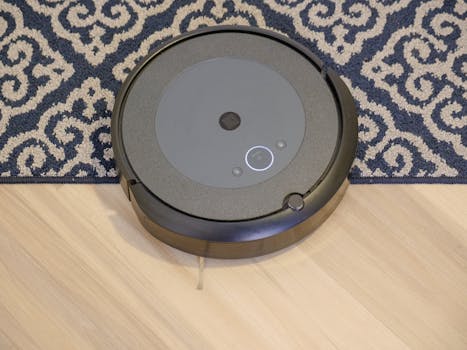
Smart Homes and Smart Living: The Technological Transformation of European Homes by 2025
Smart Homes and Smart Living is revolutionizing the way we live in European homes. With the increasing demand for convenience, sustainability, and energy efficiency, smart home technology is becoming an essential aspect of modern living. By 2025, European homes are expected to undergo a significant transformation, integrating cutting-edge technology to create a more comfortable, secure, and environmentally friendly living space.
Introduction to Smart Homes

A smart home is a residence that uses advanced technology to automate and control various aspects of the living space. This includes lighting, temperature, security, entertainment, and even household appliances. Smart homes use a network of sensors, cameras, and devices to collect data and learn the occupants’ habits and preferences, allowing for a more personalized and efficient living experience.
Benefits of Smart Homes

The benefits of smart homes are numerous. Some of the most significant advantages include:
- Energy efficiency: Smart homes can optimize energy consumption by automatically adjusting lighting, temperature, and appliance usage.
- Convenience: Smart homes can be controlled remotely, allowing occupants to adjust settings and monitor their home from anywhere.
- Security: Smart homes can detect suspicious activity and alert occupants and authorities, providing an added layer of security.
- Comfort: Smart homes can learn occupants’ preferences and adjust settings to create a more comfortable living environment.
Technological Advancements in Smart Homes

Several technological advancements are driving the transformation of European homes. Some of the most significant developments include:
- Internet of Things (IoT): The IoT refers to the network of physical devices, vehicles, and other items that are embedded with sensors, software, and connectivity, allowing them to collect and exchange data.
- Artificial Intelligence (AI): AI is being used in smart homes to learn occupants’ habits and preferences, allowing for a more personalized living experience.
- 5G Networks: The rollout of 5G networks is providing faster and more reliable connectivity, enabling seamless communication between devices and sensors in smart homes.
European Smart Home Market Trends

The European smart home market is expected to experience significant growth by 2025. Some of the key trends driving this growth include:
- Increased adoption of voice assistants: Voice assistants like Amazon Alexa and Google Assistant are becoming increasingly popular in European homes, allowing occupants to control their smart devices with ease.
- Growing demand for energy efficiency: European homeowners are becoming more conscious of their energy consumption, driving demand for smart home devices that can optimize energy usage.
- Advancements in home security: Smart home security systems are becoming more sophisticated, providing occupants with an added layer of protection and peace of mind.
Challenges and Limitations

While smart homes offer numerous benefits, there are also challenges and limitations to consider. Some of the most significant concerns include:
- Cost: Smart home devices and systems can be expensive, making them inaccessible to some homeowners.
- Complexity: Smart home systems can be complex, requiring technical expertise to install and maintain.
- Security risks: Smart homes can be vulnerable to cyber threats, compromising occupants’ personal data and security.
Conclusion

Smart homes and smart living are transforming the way we live in European homes. With the increasing demand for convenience, sustainability, and energy efficiency, smart home technology is becoming an essential aspect of modern living. While there are challenges and limitations to consider, the benefits of smart homes far outweigh the drawbacks. By 2025, European homes are expected to undergo a significant transformation, integrating cutting-edge technology to create a more comfortable, secure, and environmentally friendly living space.






